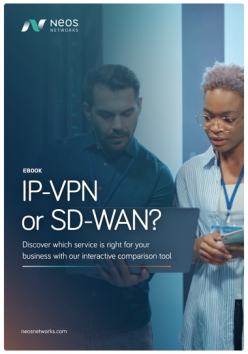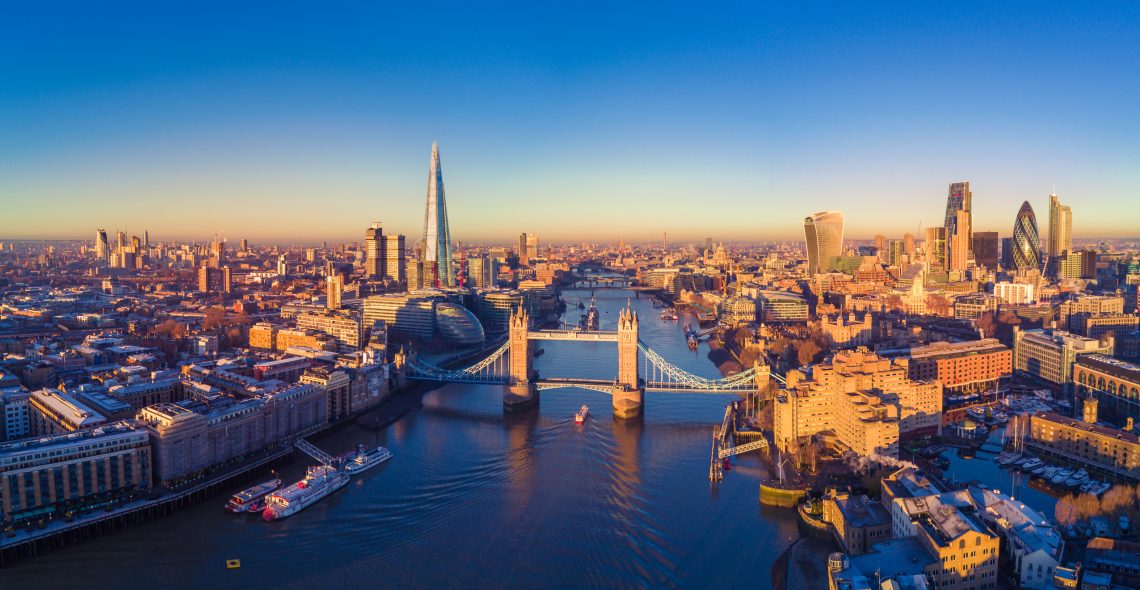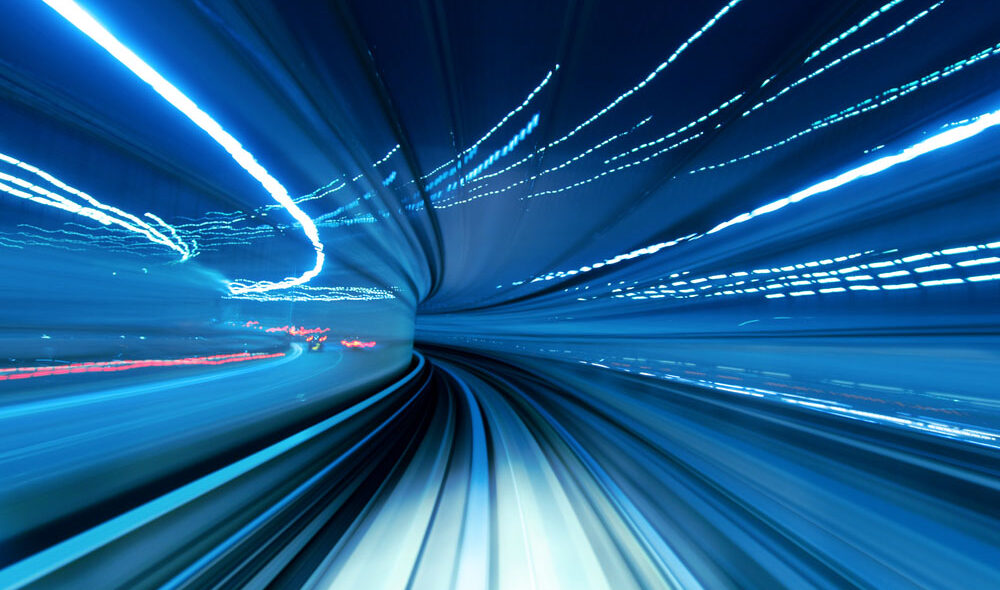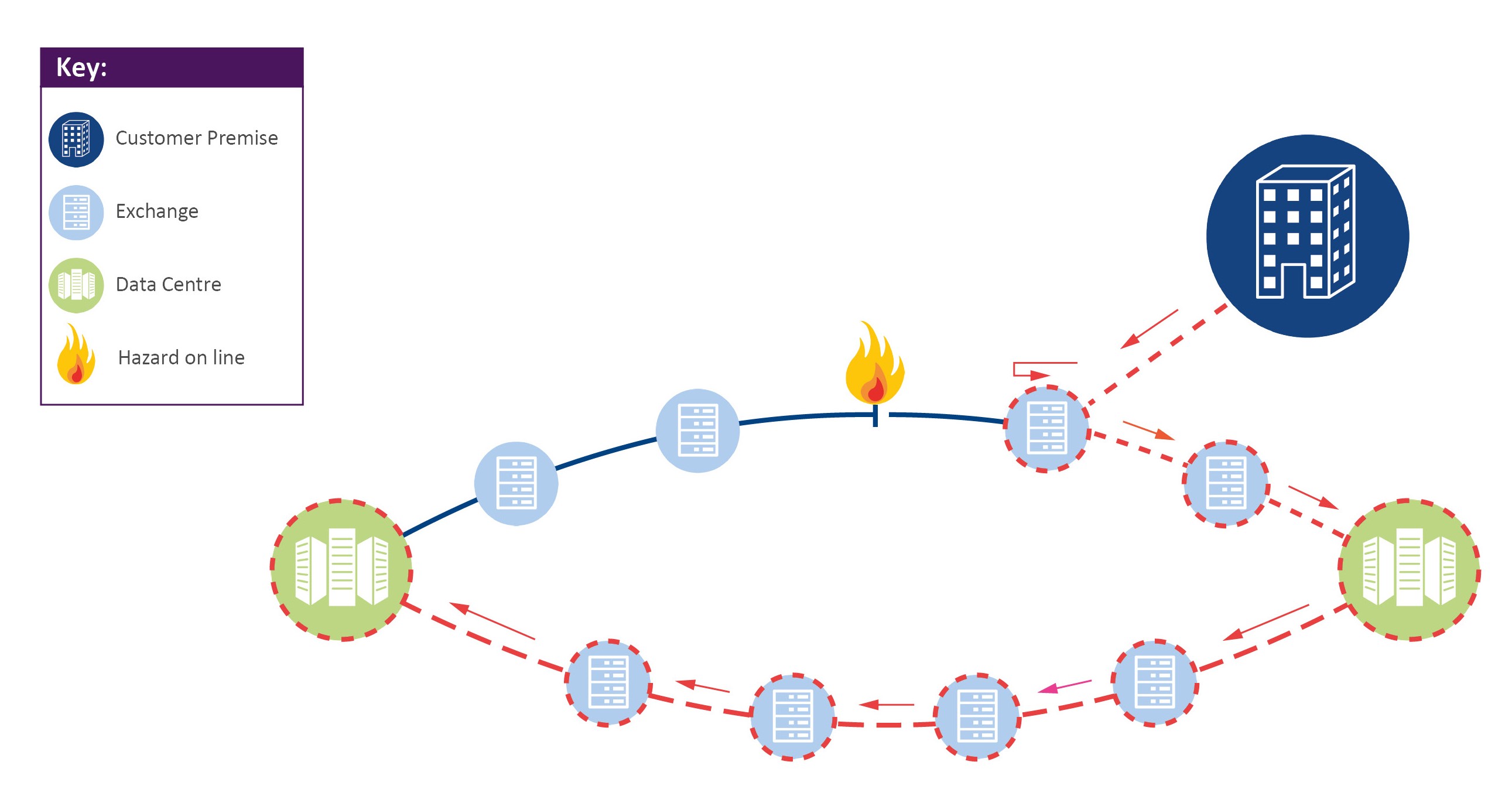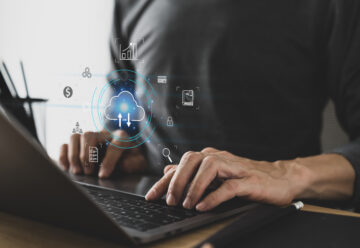As modern business technology and connectivity evolves, managed WAN has become a vital component in every IT leader’s armoury. But assembling a business case for connectivity solutions like IP-VPN or SD-WAN can be complex. IT leaders must find a solution that not only aligns with their own priorities but also with the wider priorities of the business.
As with all technology requirements, a good business case needs to clearly demonstrate the business benefits of implementing a new solution. When it comes to WAN technologies like IP-VPN, there are four key points you should be considering:
1. Connectivity complexity
There is no one-size-fits-all model when it comes to IP-VPN. That being said, there are common business challenges where IP-VPN is clearly the right solution.
For example, businesses that work across multiple sites in urban and rural locations with constant large-scale data transference will benefit from the low latency and high network performance IP-VPN offers. Similarly, those that use co-collaboration and management tools need constant high bandwidth guarantees and may struggle without their own VPN – particularly now that businesses have more reliance on video conferencing, file sharing and messaging software than ever before.
In each of these cases, IP-VPN provides close control for IT leaders, offering multiple classes of service, which ensure each application gets the required priority to utilise allocated bandwidth efficiently, providing the optimal quality of service.
2. Security and service
Perhaps the most natural use case for IP-VPN is based around security and data privacy. Businesses that house applications on site need dedicated private networks. Often this is due to the sensitivity and value of the data they work with (such as in healthcare), or because the risk of a breach has huge financial consequences (for example in banking).
IP-VPN has long been the preferred choice for these businesses, with many leading providers offering dedicated lines through which internet traffic is backhauled to a data centre for inspection. It also enables them to have complete network control and bypass the risks that may come with alternative solutions.
3. Meeting high standards
Unresponsive applications, slow transmission and network congestion are all common problems for IT leaders. Particularly as device proliferation continues apace, and their systems are asked to cope with expanding amounts of data, the rise of IoT and to play a key role in ongoing digital transformation efforts.
IP-VPN is known for its quality of service promise, built on low latency and low packet loss, and robust reliability. It will enable IT leaders to improve the basic standards of connectivity for the business, to play a strategic role in the onboarding of ever more advanced technology, and to keep the business operational, whatever challenges are thrown at the network.
4. Network adaptability
The fact is that while IP-VPN is an ideal solution for many businesses, transitioning to SD- WAN is becoming increasingly frequent. The transition between platforms is often motivated by evolving demands or a change in cloud strategy (for example adopting a secure public cloud model).
Sometimes, the move can be held back due to misconceptions about SD-WAN and the complexity involved in switching. However, it remains a viable path over a five or even ten-year period for many businesses.
A key consideration here is the provider. Working with a consultative expert in both IP-VPN and SD-WAN will make any move relatively smooth. At Neos Networks, for example, we provide a managed service for both, allowing us to facilitate a seamless implementation. It also ensures that the provider becomes well attuned to the business and its connectivity requirements, meaning they can easily spot when a growing case for SD-WAN emerges and make the move in time to capitalise on all of the opportunities that enhanced connectivity can bring.
Learn more about how IP-VPN compares to SD-WAN and the benefits of implementation in our new interactive eBook.





